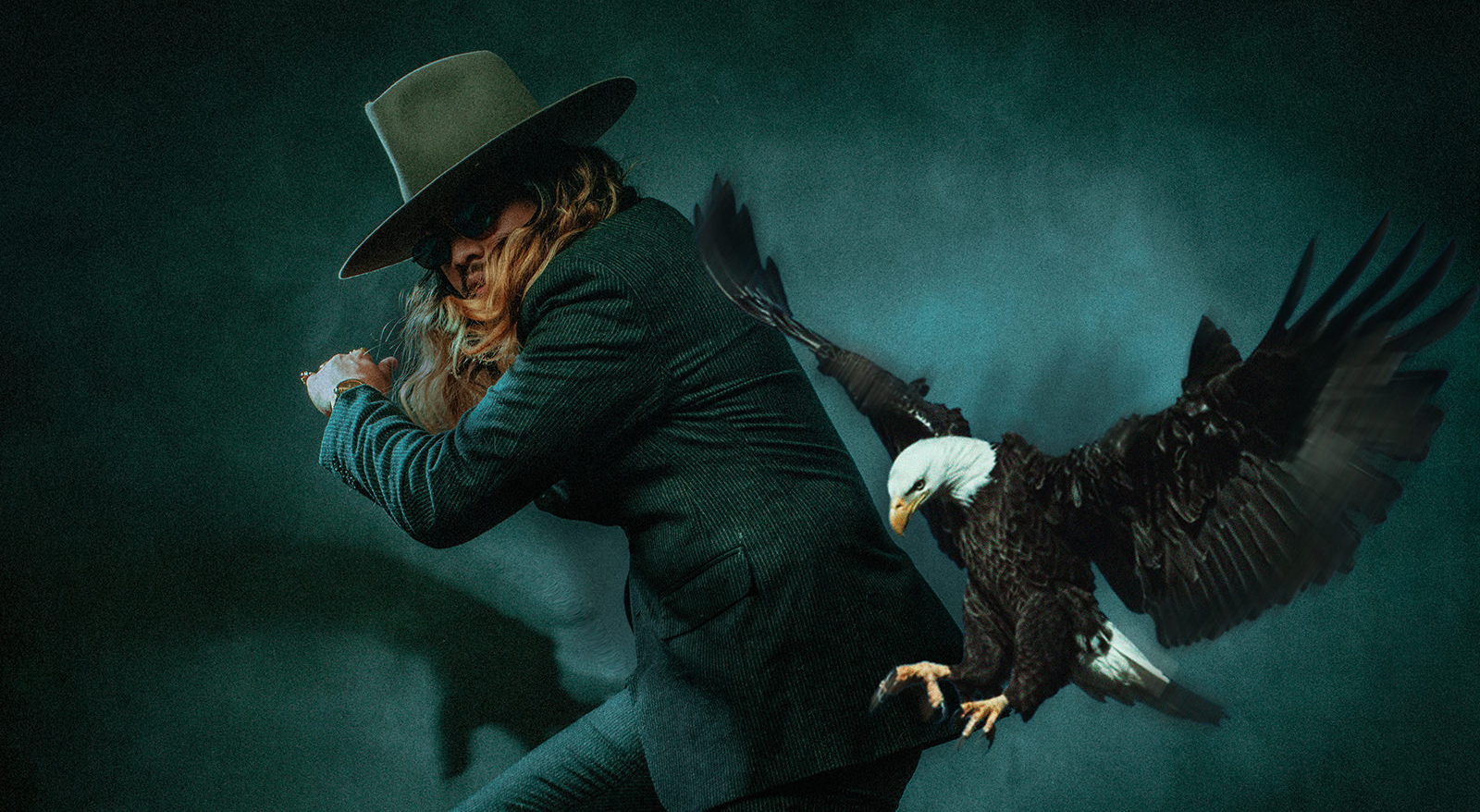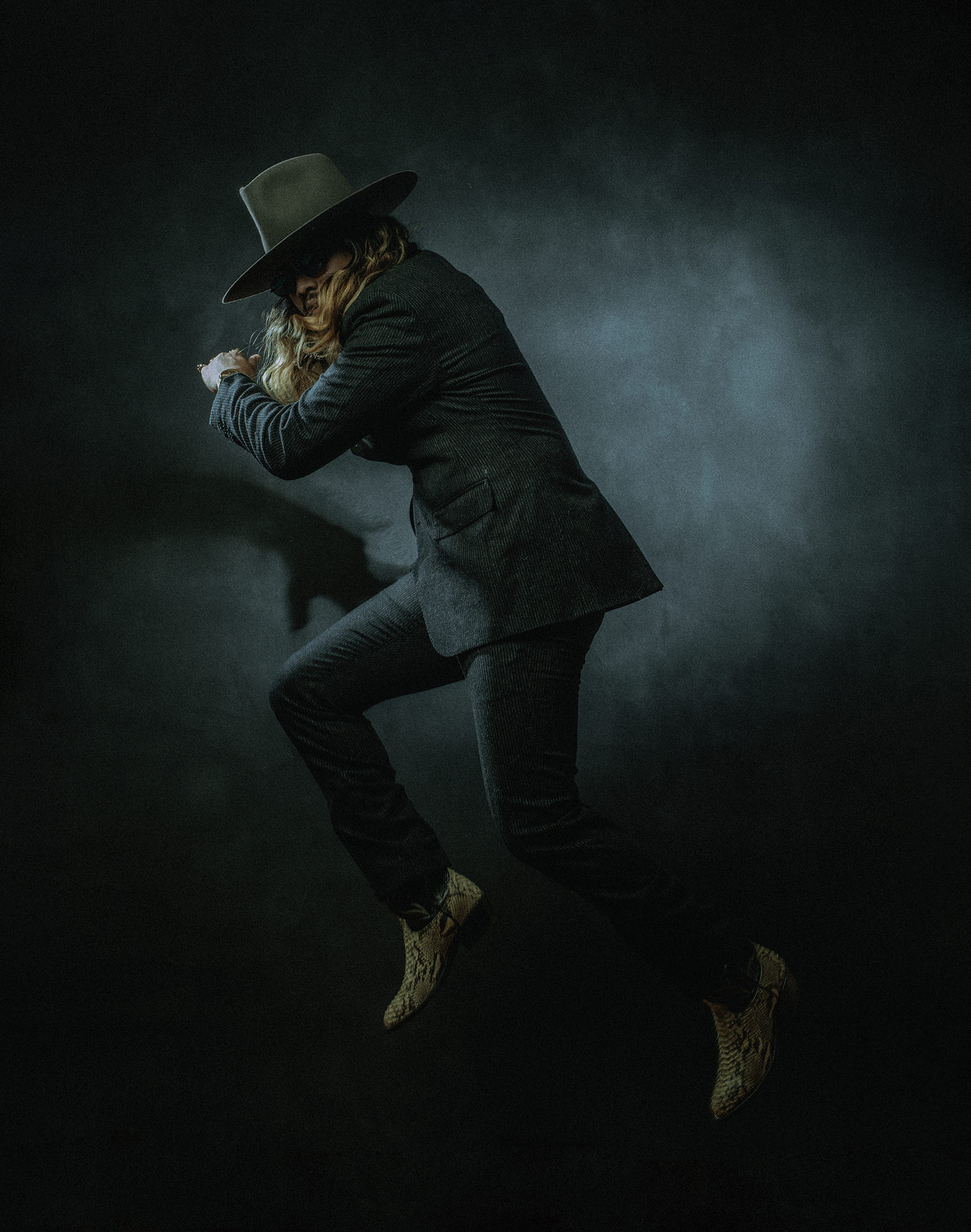
Behind the Scenes: Portrait Shoot of Fashion Blogger Denny Balmaceda
When photographer and cinematographer Lester Platt shoots portraits, he likes to step back and let his subject provide him with the creative inspiration to design the perfect shot. On his third photoshoot with renowned fashion blogger Denny Balmaceda, Lester found exactly what he needed to come up with an especially eye-catching, unique capture.
“My best friend, Steve Selman, owns this studio in Sunset Park in Brooklyn, and I do all my studio projects there – from nude fine art to actor headshots and portraits,” Lester explains. “We’ve created a lot of work in that studio. It’s one of my favorite places to create art.”
By the time Lester got to the studio that day, he said, he already had a solid idea in mind as to what he wanted to accomplish with the shoot. However, as he enters each interaction with his models with the mindset of “capturing something [he’s] never captured before,” Lester found additional inspiration when Denny started leaping around the room.
“I get inspired by each and every pose the model brings to the shoot,” Lester says. “Once we started shooting, the model suddenly jumped into the air. I asked him to repeat that pose five times. When I saw this capture, I imagined a huge bird flying by him.
“When I see this pose, it says to me ‘you’re going free and you’re not alone,’ so I wanted to capture movement in the frame.”
Camera & Settings

Canon 5DS R
50.6MP full-frame CMOS sensor, with dual DIGIC 6 image processors & low-sass filter effect cancellation

Sigma 50mm f/1.4 DG HSM Art Lens
Aperture Range: f/1.4 to f/16, Hyper Sonic AF Motor, Rounded Nine-Blade Diaphragm
To perfectly freeze his model in action, Lester used a hand-painted backdrop and set up two Elinchrom lights. One was fitted with a large 35-inch octobox filter pointed at the model, and the other had a barndoor setup pointed at the backdrop. The image was shot with a Canon 5DS R, using a Sigma 50mm Art lens with a shutter speed of 1/125, ISO 100, and an aperture of f/9.
With his image captured, Lester moved on to post-processing. To begin his workflow, he uses color grading to set the mood for the session. This color grading is developed in Lightroom CC, according to Lester, while the remainder of his editing is done using Photoshop CC.
“I work on my favorite capture first and make sure to spend the most time on that photo,” he says. “This way, I can make sure that I notice all the little things that I need to edit, like the exposure, contrast, temperature, sharpness, etc.”
Lester’s camera settings were perfectly tuned to fit with the color grading he was hoping to achieve, so he applied one of his own color grading templates and turned the temperature setting down to create a cooler palette. Then, he says, he added more sharpness.
But that wasn’t enough to achieve the effect Lester was looking for. To enhance the shot and really push the idea of freedom and courage that he felt from the model’s pose, he searched CreativeMarket.com to find the perfect vector image of an eagle to add to his shot.
“Photoshop is where I transfer the vector file of the eagle onto my original photo, and try to position it in a way that flows naturally with the model,” Lester says. “The next step is trying to match the color grading of the eagle to my original image. In Photoshop, there are a lot of options to do this, like modifying the temperature.”
Since he says most vector images have a standard white balance, the first thing Lester did to the eagle was to create a cooler look by sliding the temperature down and playing with the contrast and shadows.
“Adding shadows is important because it gives you that sense of depth of field between subjects,” he adds. “Then, I use brushes or shadow spots in Lightroom to enhance the look of my image until I reach the point where I like what I see and it doesn’t look like it was added into the photo. I want it to look like it was taken in the original capture.”
To Lester, the eagle represents many things – one of which is courage.
“I captioned this image on Instagram as ‘Predators,’” he says. “The reason for this caption is because, to me, predators have no fear. In this image, the model is in the air and it represents that you’re free of fear because you’ve already jumped. Being free and fearless is what I hoped to capture.”
Lester Platt is a New York/Austin-based photographer and cinematographer who creates content for a number of clients across the country. To see more of his work, visit his Instagram or check out his website.

















